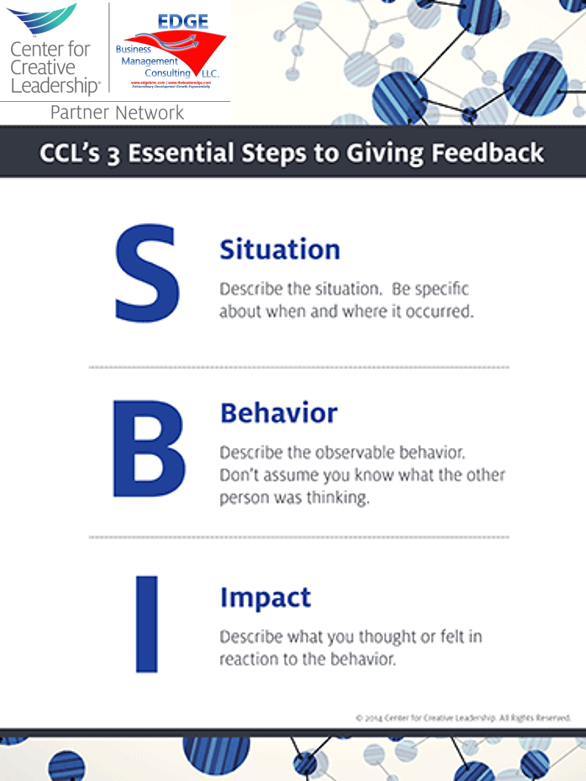Charting New Paths to the Future
Guest post by Marina Gorbis
We are living in a moment of great transition. Some call it the Fourth Industrial Revolution, others refer to a Great Disruption or the VUCA world, the world of Volatility, Uncertainty, Complexity, and Ambiguity. At the Institute for the Future (IFTF) we talk about a transition from the First to the Second Curve, from the world of institutional production to the world of socialstructed creation, in which many things are accomplished by aggregating efforts of large networks of people using online platforms and tools for algorithmically coordinating activities. We believe that we are in the early stages of this transformation but the impacts will be profound over the next decade. No organization, no sector of our economy and society will be left unchanged.
We are living in a moment of great transition.
So, how do you ensure that your organization is not only prepared for the future but also shaping it? To start, you need a deep understanding of the big shifts driving the transformation on the horizon. My suggestion is to focus on what my colleague, prominent investigative journalist Drew Sullivan, refers to as “tides, not waves.” This means a focus not on what’s new and ephemeral but what is underneath, what is deep and durable and may be an accumulation of multiple forces building up over decades. These tides are often a combination of myriad technologies, demographic, social, and cultural changes coming together.
The Larger Tides of Change
At IFTF, we are constantly tracking and making sense of the larger tides of change. Once you recognize and understand such changes, you can start asking yourself what do they mean? And informed by those insights, what can you do to future-proof your organization? What should you do to build a more desirable future for yourselves and for others? You can also place your existing efforts in this futures context to see how prepared you are for what’s coming.
This is exactly the journey that the California Community Colleges the largest provider of higher education in California recently embarked upon. Vice Chancellor of Workforce Development, Van Ton-Quinlivan wanted to place their recent investments within a larger future context, as an inventory of preparedness. To do this, we first turned to IFTF’s research map, Learning is Earning in the National Learning Economy, which maps the emerging innovation zones resulting from a world where working, learning, and living are blending together. We then used those eight innovation zones as a lens through which to examine the CCCs current innovation efforts. In which zones are they furthest along? Which zones need our immediate focus? The findings of our work together can be found in the newly released report, Charting New Paths to the Future in the California Community Colleges, now available for free download.
Every forward-looking educational organization should check its efforts against the larger tides of change. A place to start is IFTF’s rich archive of futures research available through our Learn and Work Futures Initiative. And for more inspiration, please read Charting New Paths to the Future in the California Community Colleges.
About Marina Gorbis:
Marina Gorbis is a futurist and social scientist who serves as executive director to the Institute for the Future (IFTF), a Silicon Valley nonprofit research and consulting organization. In her 19 years with IFTF, Marina has brought a futures perspective to hundreds of organizations in business, education, government, and philanthropy to improve innovation capacity, develop strategies, and design new products and services.
About Bob Johansen:
Bob Johansen is a distinguished fellow with the Institute for the Future in Silicon Valley. For more than 30 years, Bob has helped organizations around the world prepare for and shape the future, including corporations such as P&G, Walmart, McKinsey, United Rentals, and Syngenta, as well as major universities and nonprofits.
The author or co-author of ten books, Bob is a frequent keynote speaker. His best-selling book Get There Early: Sensing the Future to Compete in the Present was selected as one of the top business books of 2007. His latest book is The New Leadership Literacies: Thriving in a Future of Extreme Disruption and Distributed Everything discusses five new leadership literacies—combinations of disciplines, practices, and worldviews—that will be needed to thrive in a VUCA world of increasing volatility, uncertainty, complexity, and ambiguity.



